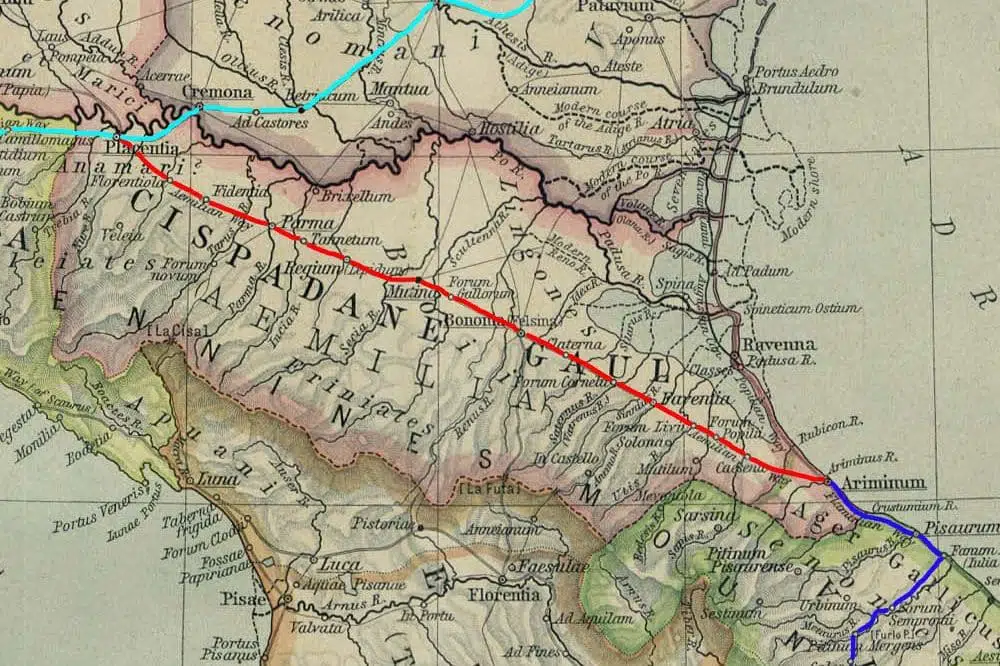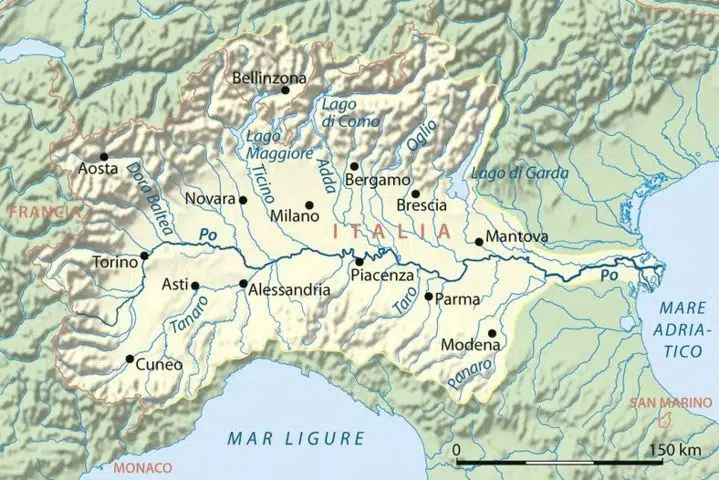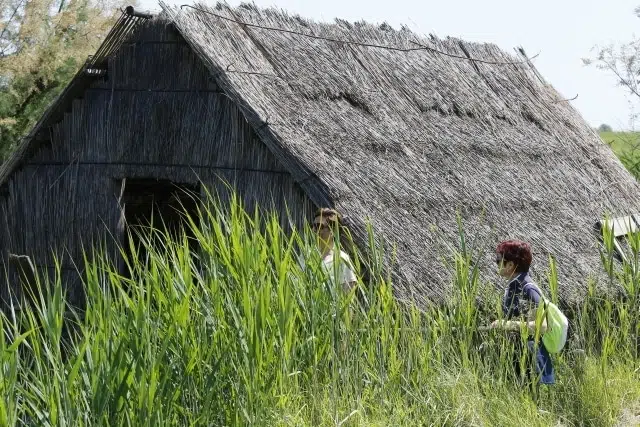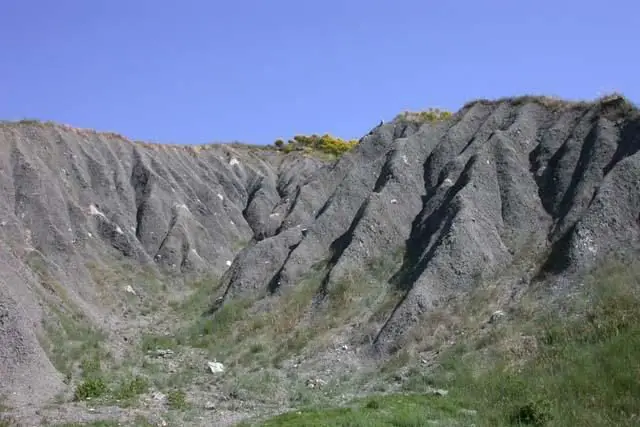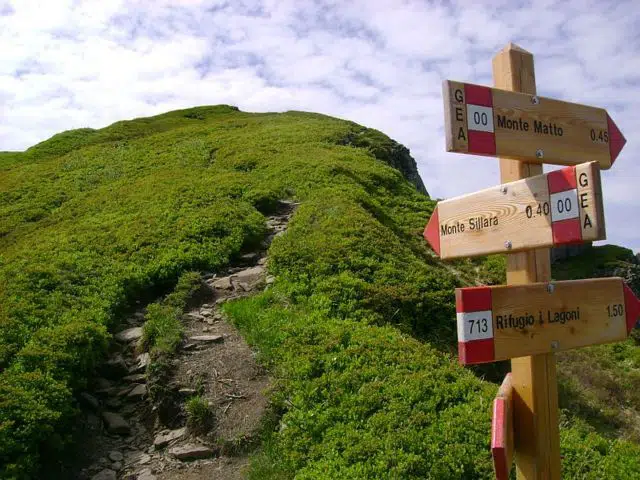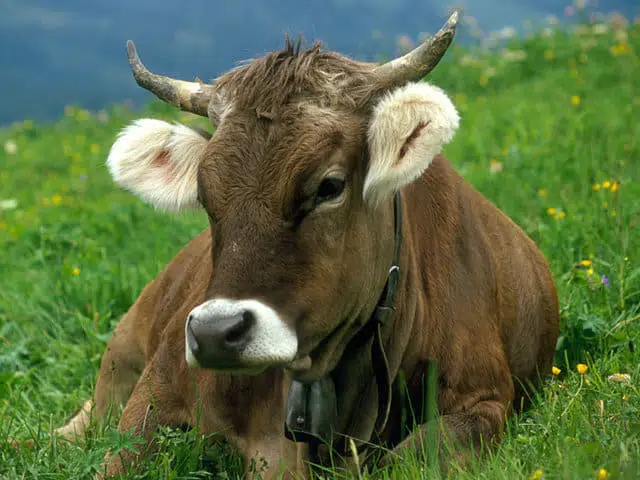
Bridge between the Po valley and the Mediterranean sea
National parks and nature reserves in a land dotted with mountains and hills. As well as rivers, lagoons, and the sea. Emilia Romagna landscape is a region that forms a sort of bridge between the Po valley and the Mediterranean sea of Italy. A region in the northeast of the country whose landscape reveals a mosaic of extraordinary variety. From the fascinating Apennine mountains ridges to the vast flatness of the Po delta, one of the national parks. As well as from the hills where they made the king of the cheeses to the beaches of the great summer crowds. The ambition is to get out of stereotypes and to find the most authentic aspects and the deep roots of life. As well as the richness of the history and the traditions. In conclusion, the “biodiversity” of our landscapes.
Places of tradition
From the most important art cities, often the citizens move to the farms and villages of the Po valley. As well as to the hills and the mountains. They choose them as places to retrieve ways of life and traditions that can be lost in the city. Often, they spend their time in the natural parks or some nature reserves. Furthermore, from the environment point of view, the travel through different landscapes is mild. In fact, the descent from the slopes of the Apennines crosses an extensive hillside area. Before to reach to the plains of the Po Valley or the sands of the Riviera. And even the encounter between land and sea is not a sudden plunge. But a slow passage to the water from the mainland.
The people hospitality
Paradigmatic in this sense is the placid mix of earth and water (fresh and salty) that we have in the Po Delta area. Thus, even people, capable of passions and warm feelings, are more than elsewhere, so hospitable. And also ready to share the culture and the fruits of their land. As if there was a correspondence between their character and the characteristics of the environment they live in.
The conformation of the region
From the northwest to the southeast, the Via Emilia cuts the region transversally. A road that the Romans traced, and divides the Po valley from the chain of the Apennine. To the south of this road, you find gentle hills cultivated. And then rugged mountains that exceed 2000 m, with woods and numerous watercourses. That they created narrow valleys marked by the typical gullies phenomenon. Furthermore, at the north of the Via Emilia, we have the plain of the Po valley that extends in the region, till the natural boundary of the river. Worth a note, along the Po river, Emilia-Romagna borders with the Veneto and Lombardy regions. In the east, there is the Adriatic sea with broad and sandy coasts, as well as extensive lagoon areas. There are also surviving tracts of ancient sea pine forests, and ecosystems so precious and delicate.
The plain
A regular scheme of cultivated fields characterizes the plain. As well as a dense network of regulated watercourses right in the function of irrigation. As a result, it retraces the ancient Roman centuriation. Most of all, the plain of the region territory is an alluvial origin. Hence wheat is among the most common crops of the plain. Along with maize, vineyards, orchards and the soy, it colors the fields where the ditches and the canals surround them. Furthermore, the poplar trees are another recurrent plain landscape. Precious reserves for the paper industry, they are along the rivers, as in the bends of the Po.
The sandy shores and the Adriatic
From the Delta of the Po river to the border of the Marches region. The entire coast is sandy, with shallow depths and diversified by human activities. As a result, the areas of a great environment value alternate with areas where the hotel industry flourishes close to wide beaches. Furthermore, the mussels, the clams, and the oily fish are among the products of the fishing. Worth a note, a traditional activity that founds a new development prospect. Because it involves the tourists with the “fishing tourism”. Hence, in the ancient time, the sea pine trees forest ran parallel to the coast almost seamlessly. Now, it survives only in certain stretches, rich in fauna.
The lagoon environment and the national parks
For centuries, the man has regulated the stretch of the water of the Comacchio valleys. In order to allow the eel farm. In fact, they are one of those border areas between land and water that man modified the whole appearance. Furthermore, at the mouths of the rivers such as the Po and the Reno, there are placid water mirrors with varying salinity. A condition that determines the different habitats for the flora and the fauna that populate them. Hence, these are areas where for centuries man tries to regulate the waters and to exploit its abundance. However, the reeds of the canebrake dominate the landscapes of the emerged parts, alongside various species of immersed or floating plants. As well as with the herbaceous plants able to withstand the salinity.
The hills and the mountains
The Apennine reliefs slope from the southwestern border of the region to the plain. Hence they have rounded shapes, where the streams and the gullies dig them, covered with woods and nowadays unpopulated. Before the plain, they define a sinuous and fertile hilly area. Worth a note, most of the castles of the Middle Ages are along these hills. About the gullies, They are narrow engravings and a sharp ridge separates them. As a result, they are among the most typical features of the Emilian Apennine landscape. In particular, the erosion of the sedimentary rocks creates them. In addition, the woods on the slopes of the High Apennine are largely made up of beech alternated with chestnuts, ash trees, and elms. Also, the spruce grows but at the higher altitudes.
Emilia Romagna National Parks and Nature Reserves
One of the peculiarities of Italy is its diversity of the landscape. Hence the Emilia Romagna region boasts a land with different characteristics. Most of all, we can find this variety in protected areas. As the national parks, the nature reserves and the oases. Worth a note, the national parks of the two portions of the Apennine chain are those of the Tosco-Emilian Apennines and the “Foreste Casentinesi”. Furthermore, another area of high ecological value is the Po Delta Regional Park, between the mainland and the Adriatic Sea. There are also many other regional parks and nature reserves. As a result, they protect the Apennine valleys and the rivers that flow through them. As well as the wetlands, so precious for the ecosystem.

